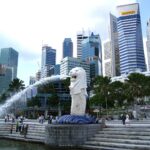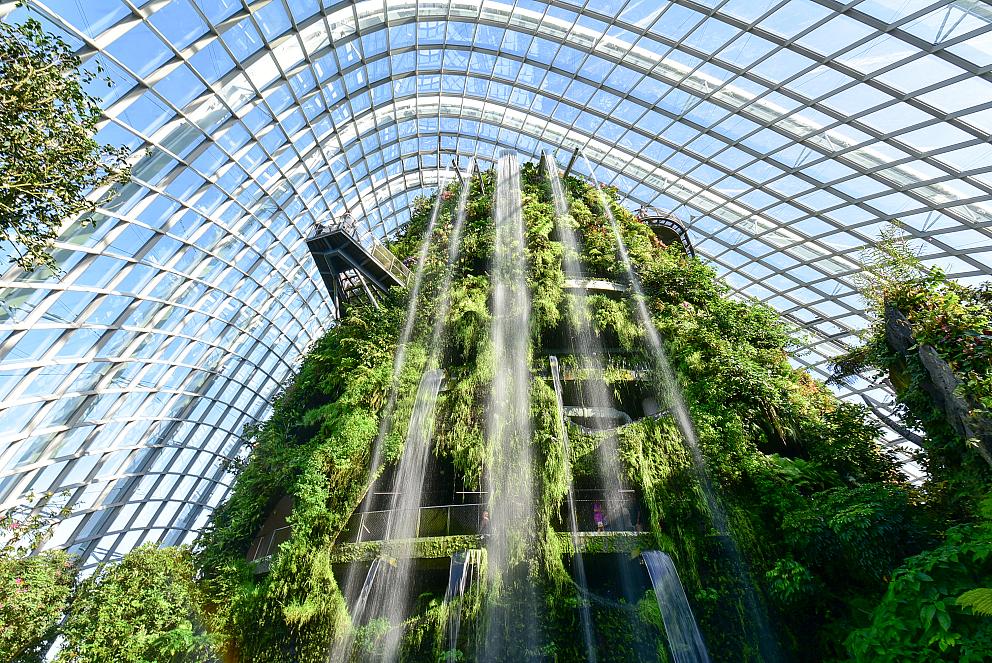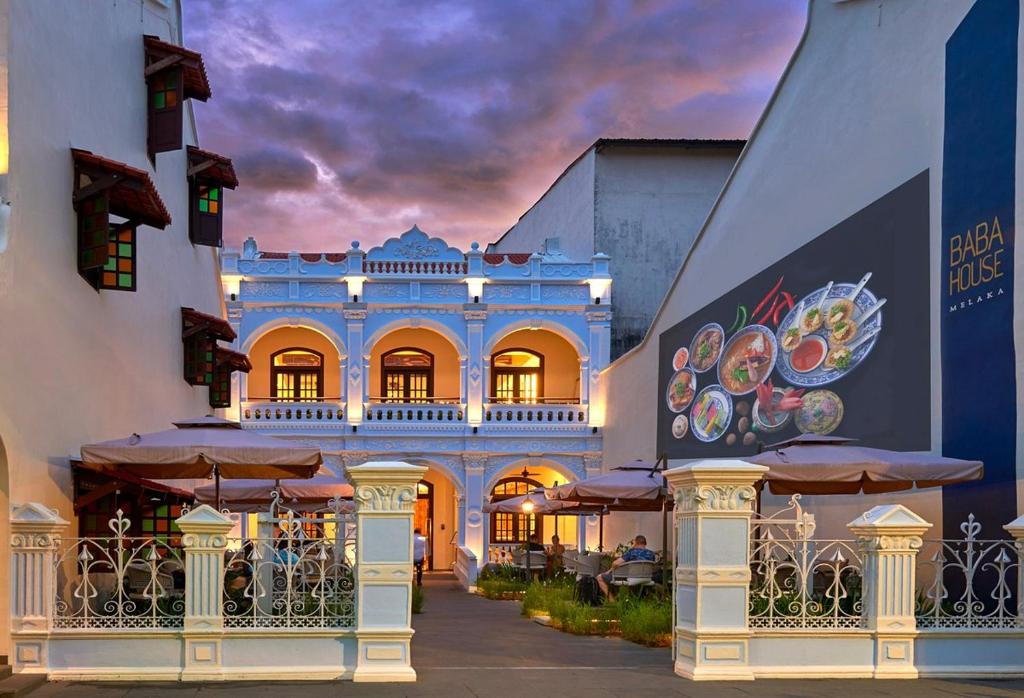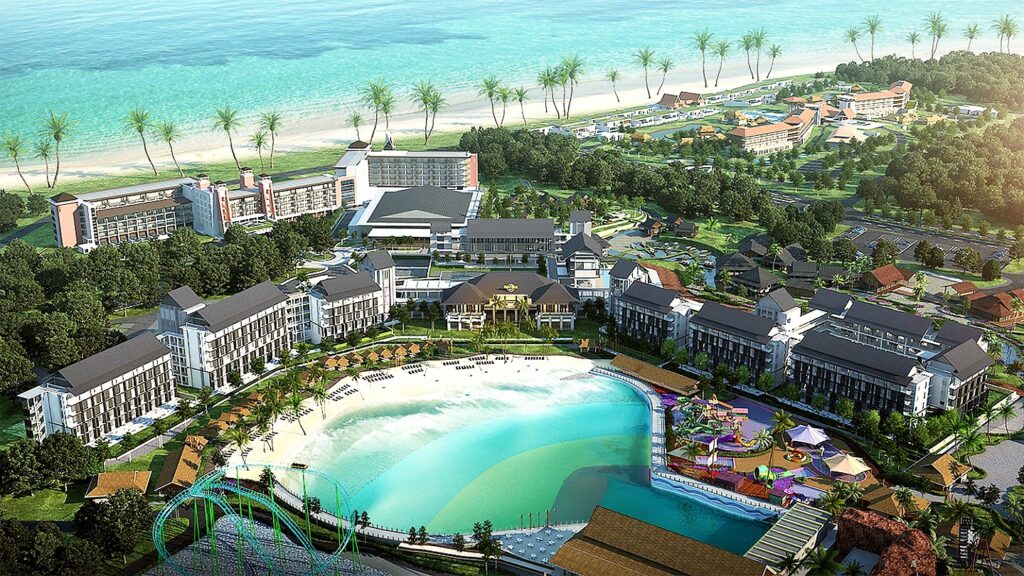East Asia is a region renowned for its mix of ancient traditions and cutting-edge modernity. From sprawling metropolises to serene natural landscapes, East Asia offers a plethora of attractions that cater to all types of travelers. Here’s a guide to the top five tourist attractions in each East Asian country:
China
- Great Wall of China – Spanning over 13,000 miles, this iconic structure is a testament to China’s historical grandeur and architectural prowess.
- Forbidden City – Located in Beijing, this ancient palace complex served as the home of Chinese emperors for nearly 500 years.
- Terracotta Army – Discovered in Xi’an, these life-sized sculptures depict the armies of the first Emperor of China, Qin Shi Huang.
- Guilin’s Karst Mountains – Known for their dramatic limestone peaks and serene rivers, the landscapes here are among the most photographed in China.
- Zhangjiajie National Forest Park – Famous for its towering sandstone pillars, which inspired the floating mountains in the movie “Avatar.”
Japan
- Mount Fuji – Japan’s highest peak and a symbol of natural beauty, offering breathtaking views and popular hiking routes.
- Kyoto’s Temples – Including the Kinkaku-ji (Golden Pavilion) and Fushimi Inari Shrine, Kyoto is rich with historical and spiritual sites.
- Tokyo’s Shibuya Crossing – The world’s busiest pedestrian crossing, symbolizing Tokyo’s vibrant urban life.
- Hiroshima Peace Memorial Park – A poignant site dedicated to the victims of the atomic bomb and a symbol of peace.
- Osaka Castle – A historical landmark offering insights into Japan’s feudal past and stunning views of Osaka.
Mongolia
- Gobi Desert – Known for its vast landscapes, sand dunes, and unique wildlife, the Gobi Desert offers an unforgettable adventure.
- Erdene Zuu Monastery – The oldest Buddhist monastery in Mongolia, surrounded by beautiful temples and stupas.
- Terelj National Park – Famous for its stunning rock formations, scenic valleys, and outdoor activities like horseback riding and hiking.
- Khustain Nuruu National Park – Home to the reintroduced Przewalski’s horse, this park offers excellent wildlife viewing opportunities.
- Ulaanbaatar’s Gandan Monastery – One of Mongolia’s most important religious sites, featuring a magnificent statue of Migjid Janraisig.
North Korea
- Kumsusan Palace of the Sun – The mausoleum of Kim Il-sung and Kim Jong-il, showcasing the grandiosity of North Korean leadership.
- Arirang Mass Games – A large-scale gymnastics and artistic performance held in Pyongyang’s Rungrado May Day Stadium.
- Demilitarized Zone (DMZ) – The heavily fortified border between North and South Korea, offering a unique and tense experience.
- Juche Tower – A monument in Pyongyang dedicated to the Juche ideology, offering panoramic views of the city.
- Kim Il-sung Square – The main square in Pyongyang, used for military parades and political rallies.
South Korea
- Gyeongbokgung Palace – The main royal palace of the Joseon dynasty, located in the heart of Seoul.
- Jeju Island – A popular destination known for its volcanic landscapes, beautiful beaches, and unique culture.
- Bukchon Hanok Village – A historic village in Seoul with traditional Korean houses (hanoks) and narrow alleyways.
- N Seoul Tower – Offering panoramic views of Seoul, this iconic tower is a must-visit for anyone exploring the city.
- Changdeokgung Palace and Huwon – A UNESCO World Heritage site, this palace complex is known for its beautiful gardens and historical significance.
Taiwan
- Taipei 101 – Once the tallest building in the world, Taipei 101 offers stunning views of the city and unique architectural design.
- Taroko Gorge – A breathtaking natural wonder featuring marble cliffs, deep gorges, and winding rivers.
- Sun Moon Lake – Taiwan’s largest lake, known for its scenic beauty and cultural significance.
- Jiufen – A charming mountain town with narrow streets, traditional teahouses, and stunning views.
- National Palace Museum – Home to one of the largest collections of Chinese art and artifacts in the world.
East Asia is a region where ancient traditions coexist with modern advancements, offering a rich tapestry of experiences for travelers. Whether you’re exploring historical sites, marveling at natural wonders, or immersing yourself in vibrant city life, East Asia has something for everyone.







